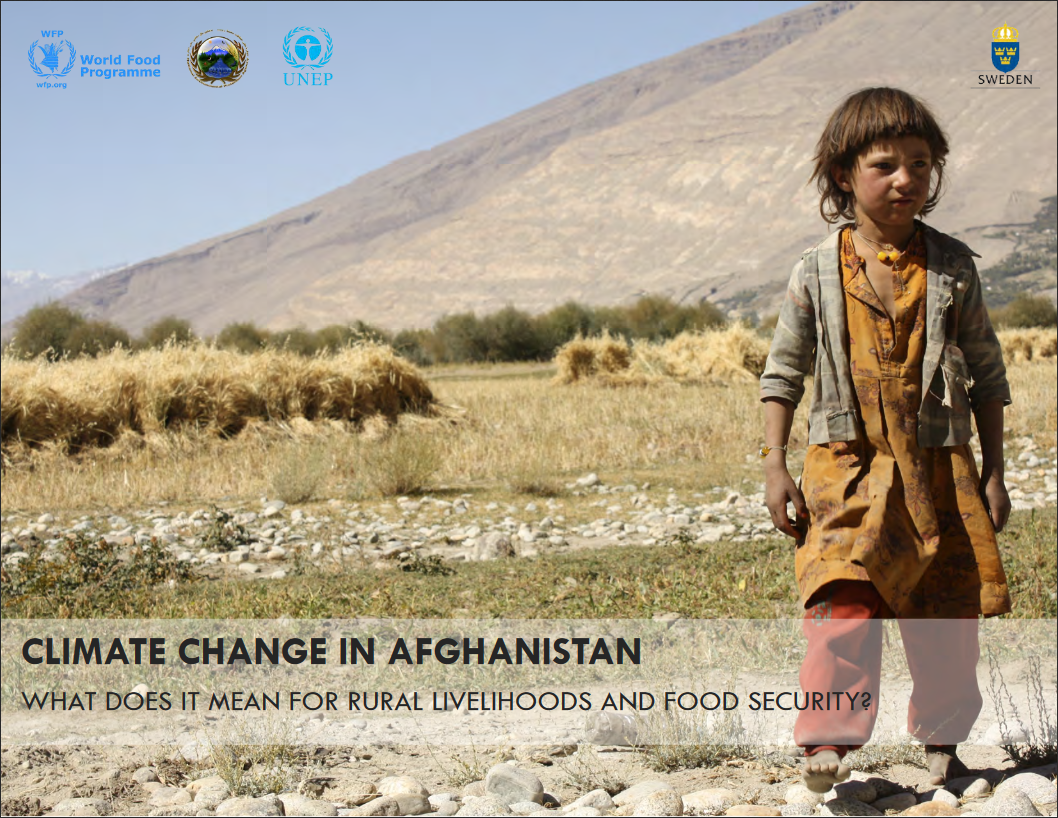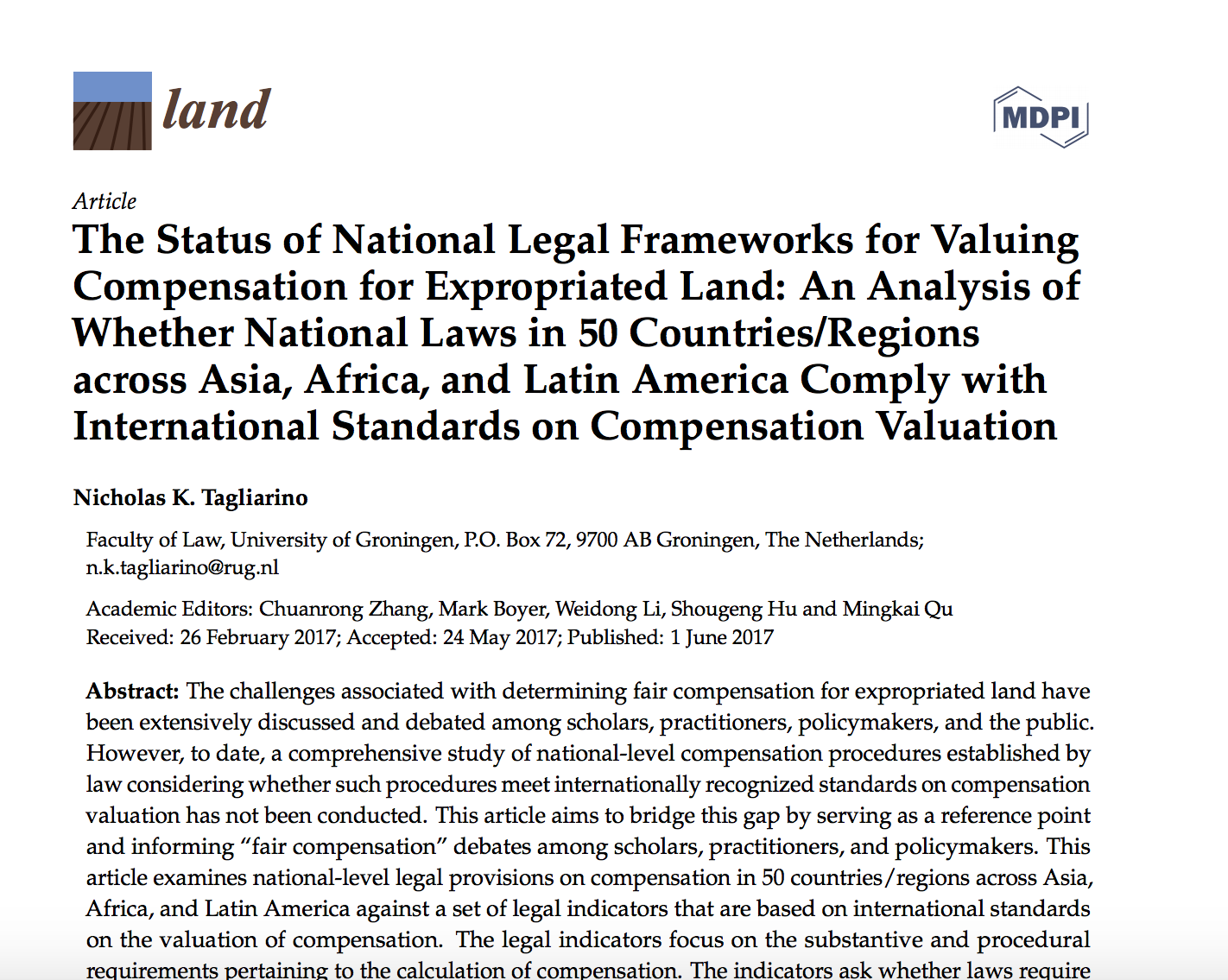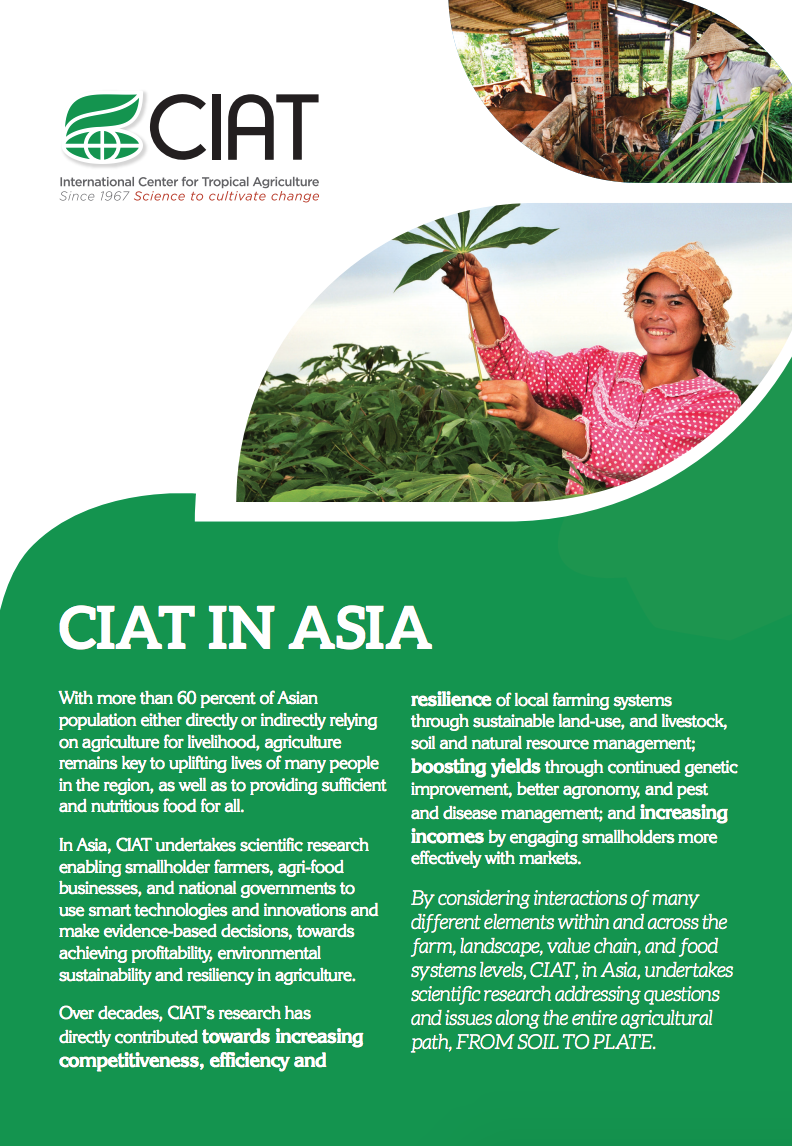<em><strong>Climate change in Afghanistan is not an uncertain, “potential” future risk but a very real, present threat— whose impacts have already been felt by millions of farmers and pastoralists across the country. In this report, it is shown how drought and flood risks have…
The challenges associated with determining fair compensation for expropriated land have been extensively discussed and debated among scholars, practitioners, policymakers, and the public. However, to date, a comprehensive study of national-level compensation procedures established by law…
Up to 2.5 billion people hold and use the world’s community lands, yet the tenure rights of women—who comprise more than half the population of the world’s Indigenous Peoples and local communities—are seldom acknowledged or protected by national laws. Although gender norms and women’s forest…
The oil palm boom in Indonesia continues to be a major driver of land acquisitions in remaining tropical forest frontiers, drawing on a wide range of actors into its production, and transforming both rural landscapes and livelihoods in the process. The growing body of research and evidence on…
With more than 60 percent of Asian population either directly or indirectly relying on agriculture for livelihood, agriculture remains key to uplifting lives of many people in the region, as well as to providing sufficient and nutritious food for all.
In Asia, CIAT undertakes scientific…
Improving land productivity is essential to meet increasing food and forage demands in hillside and mountain communities. Tens of millions of smallholder terrace farmers in Asia, Africa, and Latin America who earn $1-2 per day do not have access to peer-reviewed knowledge of best agronomic…
This paper examines whether national expropriation and land laws in 30 countries across Asia and Africa put Indigenous Peoples and local communities at risk of expropriation without compensation. In particular, this paper examines whether national laws ensure that communities are eligible for…











